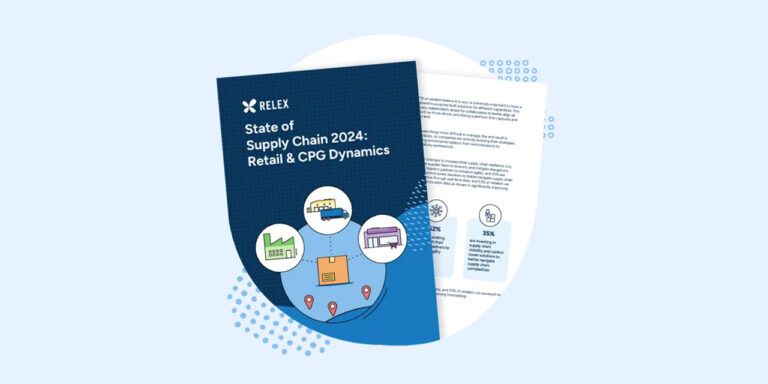This is the third article of a six-part series about supply chain planning in online retail by Tommi Ylinen, our VP Product. The series will consider how to manage the unique challenges online retailers’ face, from assortment decisions to forecasting for different delivery methods.
In my last post I briefly considered the implications of online operations to supply chain planning. One of the essential characteristics of e-commerce is, obviously, that it takes place online, digitally, and thus all data related to purchases (or lack of purchases) is easy to capture. In this post I will share some ideas on how to make better use of the rich data available to you in supply chain planning and analytics.
When a customer enters a store it is virtually impossible to record accurately what they do and which products they pay attention to, but when they enter your website it’s pretty straightforward to log her steps. You could take different approaches here: for instance, you could take a customer-centric view and analyse customers’ behavioural patterns by checking which products they look at, for how long, and what they actually buy in the end. However, at this point, I’m interested in product views – so for a single product it is easy to record how many times it has been viewed in any given day. Bringing this data in to your supply chain planning and analytics tool can be very useful:
- Simply by looking at the viewing rates you can tell which products are easily found and which are not – useful data for sales but also for marketing and web teams as well. Calculating conversion rates (sold vs. clicked) can give you further insight into products – understanding why some products are viewed a lot but not bought is vital.
- Click data can also be used as an exception criterion so that efforts can be focused on the most important products. For instance this could mean making sure that most viewed products never go out of stock – or it could even be a trigger for range planning, so that items with most clicks are always stocked rather than delivered directly from the supplier and thus being offered with longer delivery times.
- On some occasions it might even make sense to tie the click data directly to forecasts – the idea here is that sometimes an increase in the number of clicks may indicate that sales will soon increase. However, quite often the gap between these increases is too short to be useful, and better results can be achieved with normal reactive forecast models.
Another good example of an area where gathering online data is useful is pricing. Naturally prices play a big role in any retailer’s business, but in an online environment, customers can make quick and powerful price comparisons almost instantaneously, whereas in a physical retail environment they need to go the next store to check their price and then decide where to buy. This means that it is also easier for you to get hold of your competitors’ prices online and import them to your planning system.
Pricing obviously is an important factor and pricing decisions have a raft of consequences, but from a supply chain planning point of view the key consideration is that demand can fluctuate a lot due to price changes. Analysing your sales volumes against retail pricing – both your pricing and your competition’s – gives you a good understanding of the price elasticity of different products and enables better pricing decisions, but also allows for better demand forecasting. Tying forecasting directly to price changes is, however, often difficult as there are a large number of factors that directly influence sales and often not enough data on a single product – best results are therefore typically achieved semi-automatically through exception-based workflows that highlight big price changes.
I hope you find these ideas useful in your own business – we have certainly seen our customers make effective use of the processes I’ve outlined here. In my next post I will continue to look at how best to use data to support planning this time focusing on returns.
Is your supply chain optimised for online?
Our ‘Supply Chain Planning in Online Retail’ ebook covers five steps to improve inventory management in your e-commerce operations. Read it to find out more.




